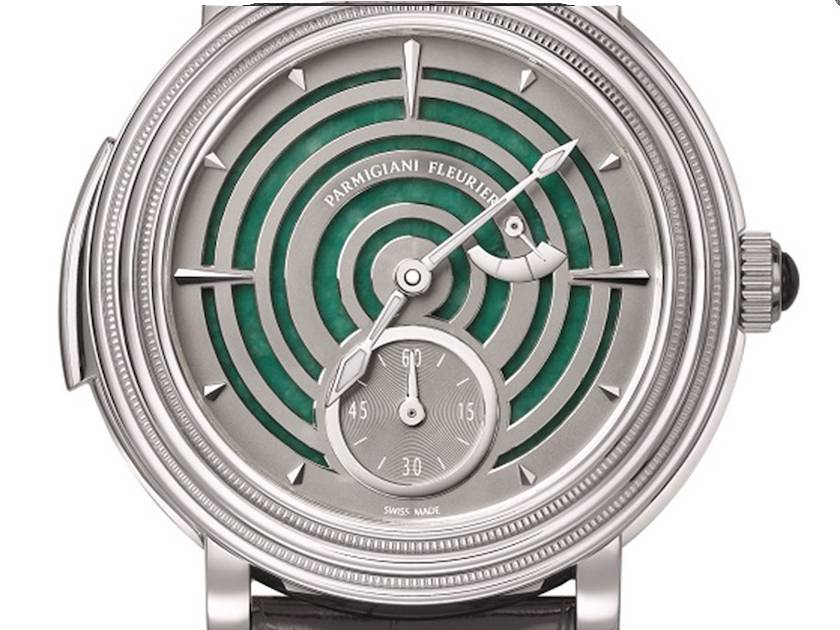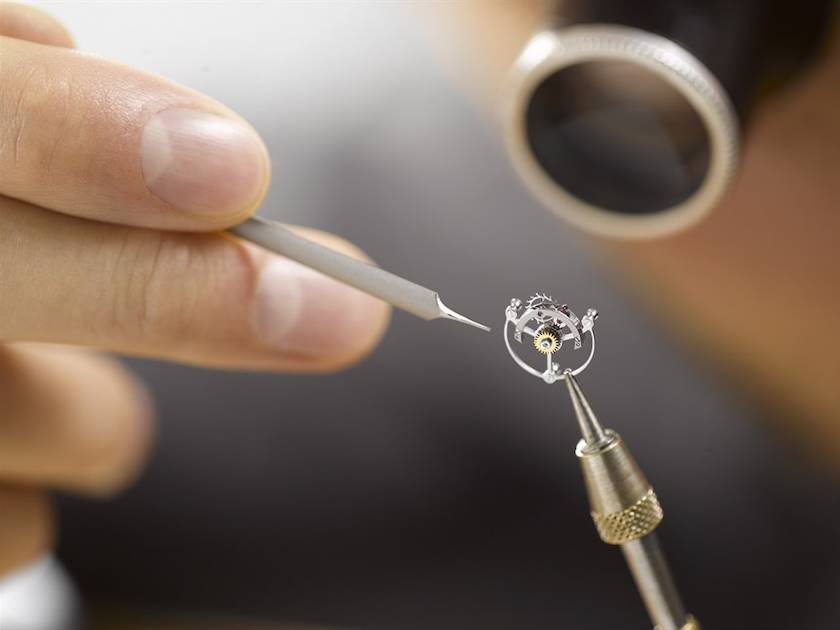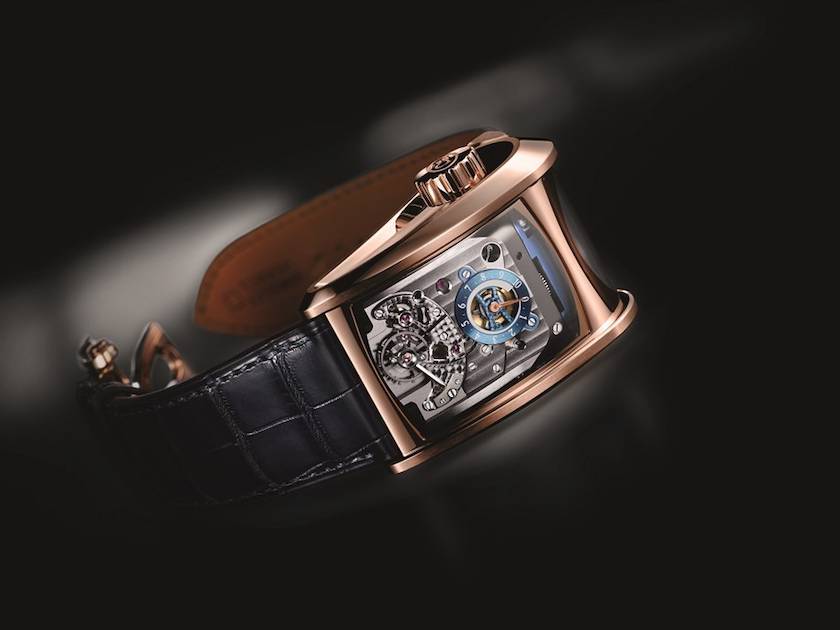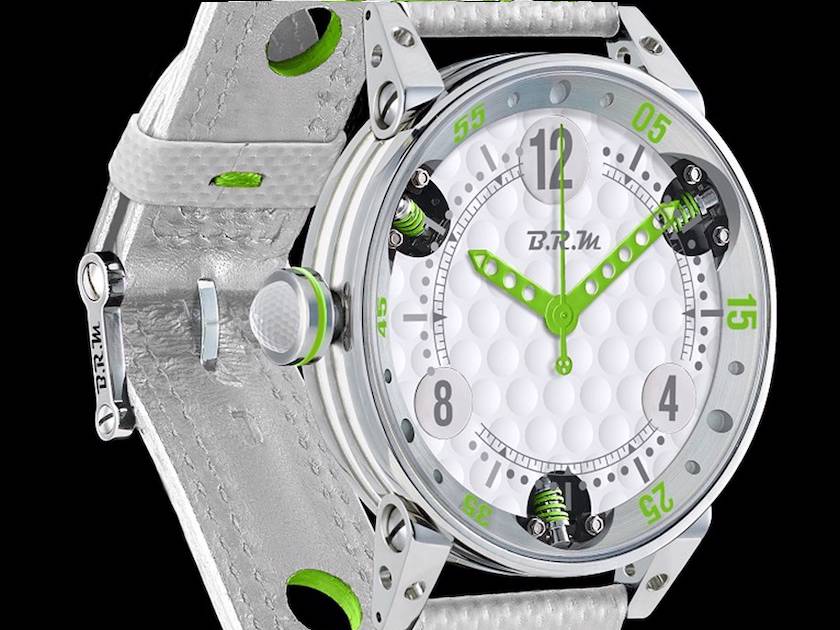Great watches - Parmigiani Fleurier
There are watchmakers and then there are practitioners of haute horlogerie. Angus Davies casts his eye on the time makers and explains what makes some watches stand out from the crowd…
Few watchmakers can match the independence of Parmigiani Fleurier, a high-end Swiss brand capable of making virtually every component from A to Z.Car manufacturers don’t make cars, they assemble them. Companies such as Bosch supply electronic systems, Brembo produces brakes, Lear provides seating and ZF makes gearboxes. Likewise, watch manufacturers usually assemble parts procured from an array of firms, including ETA and Nivarox. However, there are a few practitioners of haute horlogerie which make virtually every component in-house. Parmigiani Fleurier is a manufacturer of high-end mechanical wristwatches and clocks. It makes all components in-house, save for sapphire crystals (watch glass), rubies and Hermès watch straps. There are very few other watch brands that can compete with Parmigiani Fleurier in the ‘vertically integrated’ stakes. The company has five production sites making dials, cases, screws, pinions, levers, springs and a myriad of other parts to create a complete timepiece. As the name implies, Parmigiani Fleurier is located in Fleurier, within the Val-de-Travers municipality in the watchmaking haven of Switzerland. It nestles in a coniferous valley and plays host to incredible watchmaking craft.
HOW IT ALL BEGAN. With the arrival of quartz watches in the 1970s there was a so-called ‘quartz crisis’, when demand for mechanical watches evaporated overnight and watchmaking virtually disappeared in the Val-de-Travers. However, in 1976 a young watchmaker called Michel Parmigiani established his own workshop in Couvet and dedicated it to watchmaking and restoration. Later, Parmigiani was introduced to the Landolt family, heirs to the Sandoz pharmaceutical group. The family were in possession of an amazing collection of pocket watches and automata, the Maurice-Yves Sandoz Collection. He assumed responsibility for restoring and maintaining the family’s collection of wonderful horological artefacts. Once the family became familiar with Parmigiani’s horological prowess, he was encouraged to move from his modest workshop and establish his own watchmaking brand with the backing of the Sandoz Family Foundation. Parmigiani Fleurier was established in 1996 and has since gained an enviable reputation for its restoration work and new haute horlogerie creations. Restoration work involves researching the history of the item to be restored and learning about the materials used. The restoration process is not a matter of refurbishment, nor is it a case of the restorer imposing his own personality on the item in question, but rather it is the process of preserving the character of the piece as it would have been when originally created. Each restoration project is accompanied with a detailed dossier. The master craftsmen within the restorations department record each detail in photographic form. Text describes the nature of every restorative step, including the condition before and after restoration. Care is exercised to ensure that the original parts are preserved. In some instances, the removal of oxidisation may have left small pock marks on the surface. However, providing this distress does not impair the functionality of the item, the component may well be retained, ensuring the originality of the work of art is not lost. Historical research is another key aspect of the restoration process. Once, whilst I toured the restoration department and spent time with Michel, he pointed out a rogue wheel found in a pocket watch. The material of the wheel, and its poor quality, were not in-keeping with the rest of the watch, indicating a clumsy repair from yesteryear. The teeth did not have the correct profile and the appearance of the wheel looked out of place. Michel proceeded to show me the picture of a newly fitted wheel and the word ‘après’ in a dossier, suddenly the raison d’être for the department immediately became obvious. Clocks and watches from the past often provide inspiration for Parmigiani Fleurier timepieces of today. For instance, a historical pocket watch created by Vardon and Stedmann, featuring telescopic hands, arrived to be restored in 1997. This model subsequently provided the inspiration for the incredible Parmigiani Fleurier Ovale Pantograph.LOOKING TO THE FUTURE. While Parmigiani Fleurier has looked to the past for inspiration, it hasn’t failed to embrace the future. In 2016, keen to recognise the 20th anniversary of the maison, Parmigiani Fleurier unveiled the incredible Tonda Chronor Anniversaire. This technical tour de force features a gold movement, a large date display and two column wheels. The two column wheels operate the chronograph (stopwatch) and split second function. Pressing the push-pieces of the Chronor confers a silken action that usurps other chronographs. However, beyond impressive functionality is the movement finish which is the protracted outcome of painstaking bevelling and polishing. Screws are polished to a mirror-like gleam and the open-worked movement bridges are exquisitely chamfered to confer a beguiling brilliance.
The neoteric design of the Bugatti Supersports high-performance car also provided inspiration for a new kind of watch. The conventional style was set aside for a curved timepiece, nuzzling the natural arc of the wrist with ergonomic aplomb. The dial is presented on the sole vertical flank. The watch is designed to be read when holding the steering wheel and, when used in this way, the hours and minutes are lucidly conveyed. Some clocks and watches crafted by Parmigiani Fleurier surpass six figure pricing. There is little evidence of penny-pinching or expedient shortcuts with a timepiece bearing the initials PF on its pin buckle. However, do not despair, the maison does have an egalitarian side to its character. Parmigiani Fleurier has recently unveiled the Tonda 1950 in steel. Previously, the Tonda 1950, a wristwatch with a case diameter of 39mm, was offered only in noble metals such as 18-carat white gold and 18-carat rose gold. However, Parmigiani Fleurier now offers this elegant watch in steel, with a recommended asking price of £7,950 – this is not an inconsequential sum but given the elevated watchmaking it represents, it could be considered a horological bargain. The steel watch is slightly larger than its golden siblings, measuring 40mm in diameter, but it still retains a svelte profile of 8.2mm, courtesy of the ultra-thin PF702 movement. Beyond the various statistics and model references is a movement which is distilled to perfection. The movement bridges are adorned with a series of parallel stripes referred to as Côtes de Genève motif. The mainplate, effectively the chassis of the movement, is decorated with overlapping circles referred to as perlage. Despite the PF702 movement being imbued with a multitude of refinements, its slender profile allows it to fit within the ultra-thin case of the Tonda 1950, a timepiece which exudes elegance and grace with every gleaming contour of its being. So whether you seek to have a horological antiquity restored, desire a new clock of uncompromising quality or you are looking to acquire a luxurious watch to grace your wrist, Parmigiani Fleurier is a brand worthy of your consideration.

Journalist








